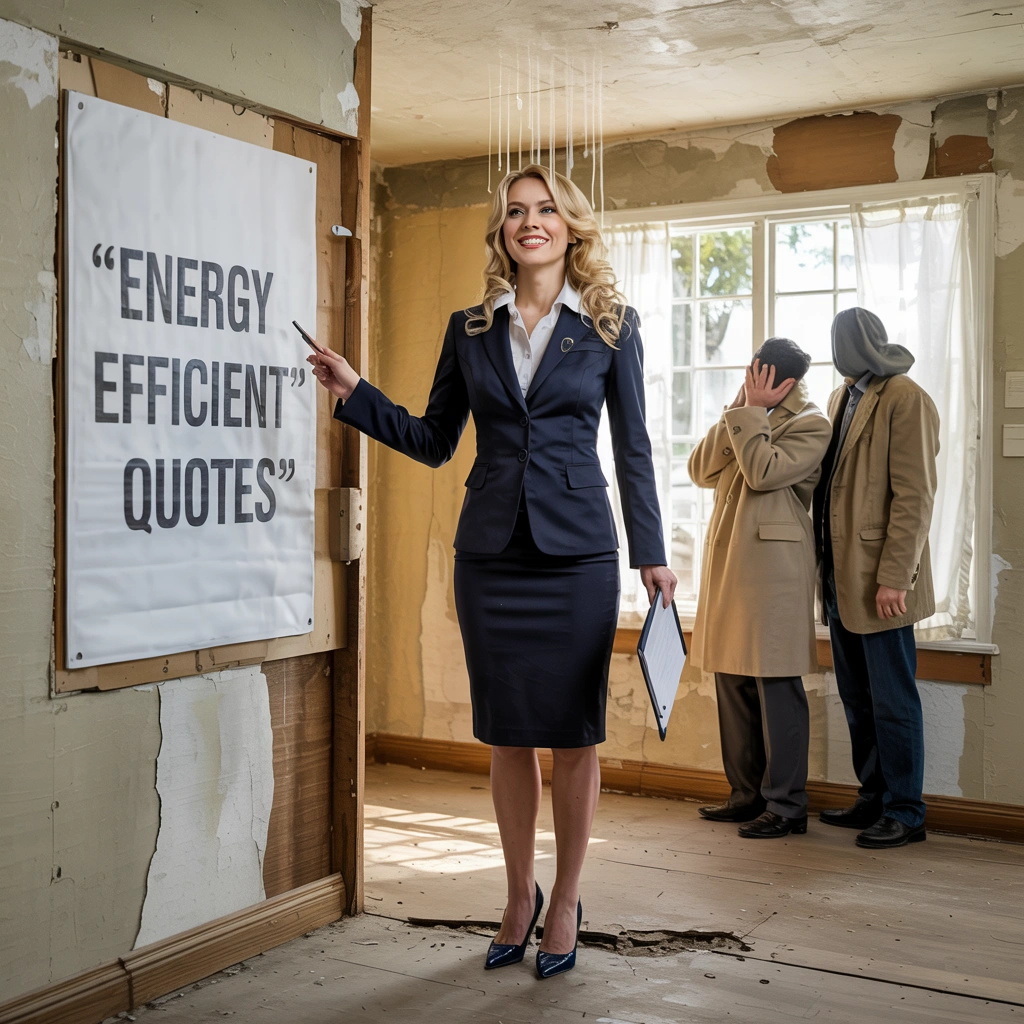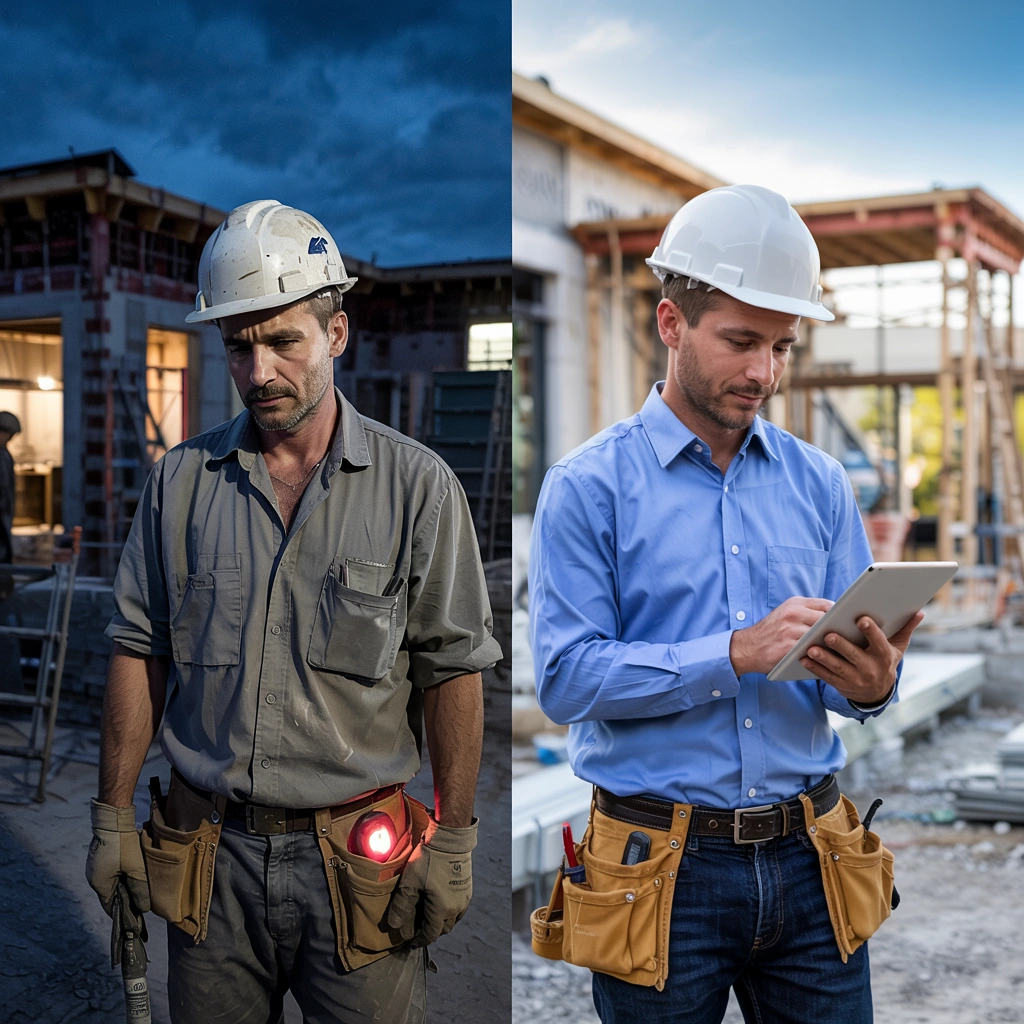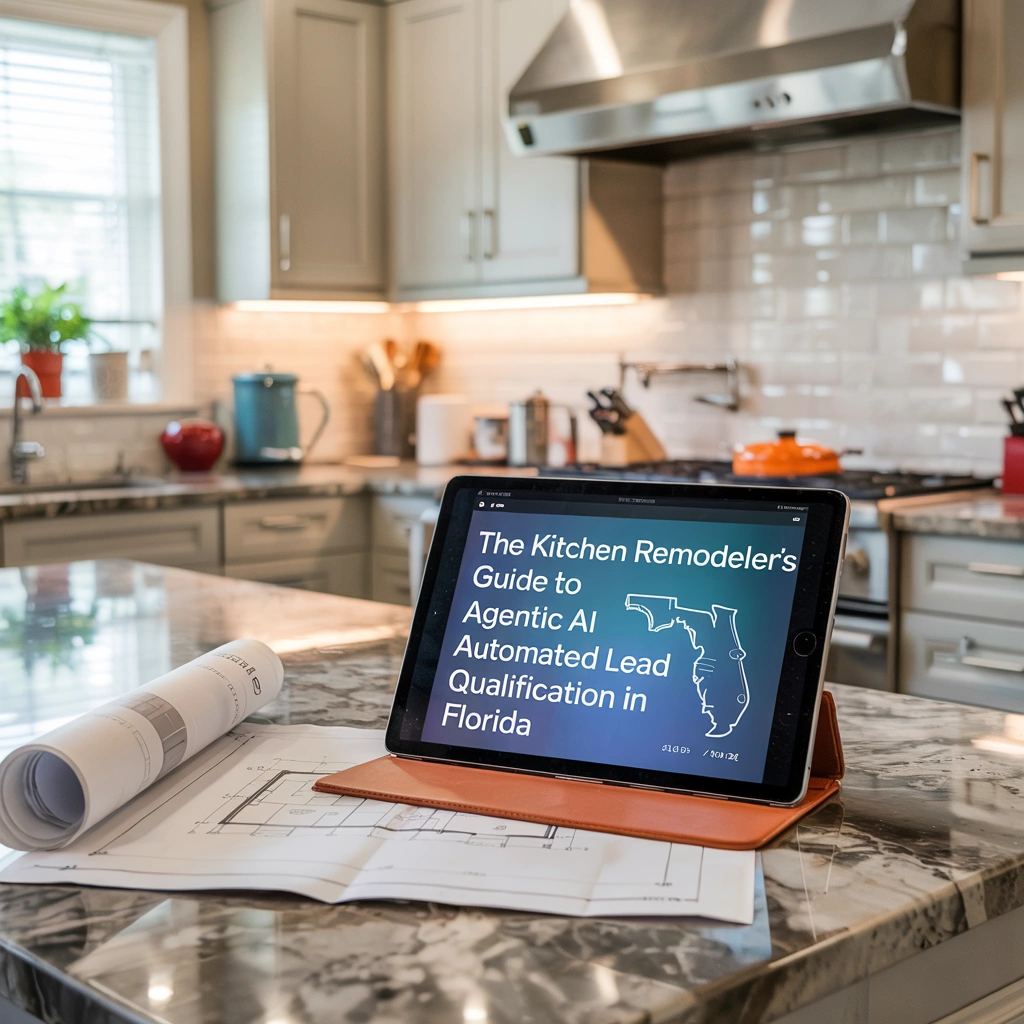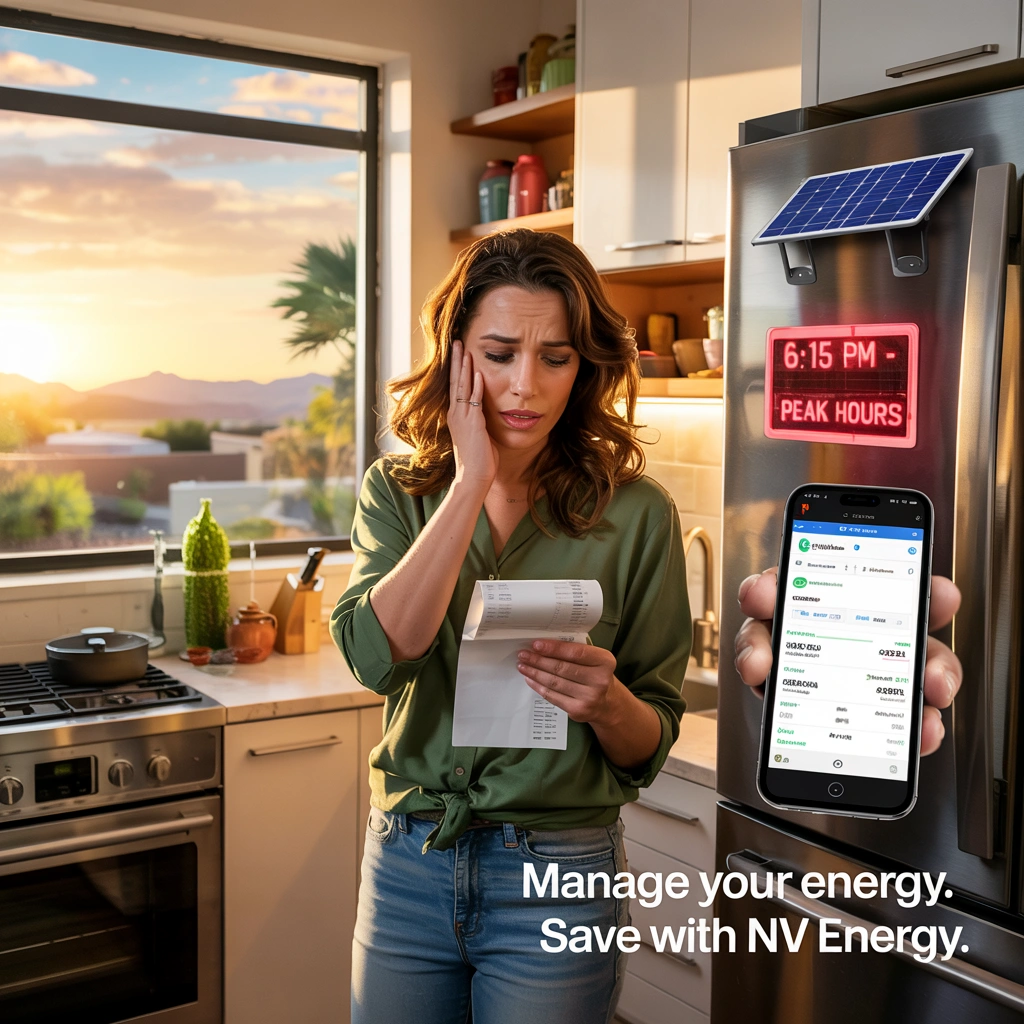Spray Foam R-Value Explained for Florida’s Climate Zones
Summary: Florida homeowners overpaying for cooling bills often don’t realize their insulation R-values might be wrong for their climate zone. The difference between meeting code minimums versus optimizing for Florida’s unique humidity could save you hundreds annually. Key Takeaways Florida’s two climate zones require different R-values: R-30 for South Florida (Zone 1) and R-38 for Central/North Florida (Zone 2) according to the 2023 Florida Building Code. Closed-cell spray foam provides 6-7 R-value per inch compared to open-cell’s 3.5-4 R-value per inch, making closed-cell more efficient for Florida’s humid conditions due to its moisture resistance. Proper R-value selection can reduce cooling costs by 15-30%, with higher-performing insulation typically paying for itself within 3-7 years through energy savings. Installation quality determines actual R-value performance, requiring consistent thickness, complete air sealing, and proper coverage over structural members. Florida homeowners face unique insulation challenges that go beyond simple R-value numbers. Understanding how spray foam R-values work within the state’s specific climate zones makes the difference between comfortable, energy-efficient homes and costly cooling bills that climb every summer. Florida’s Dual Climate Zones Create Different R-Value Requirements Florida operates under two distinct climate zones that determine minimum insulation requirements. Climate Zone 1 covers Miami-Dade, Broward, Monroe County, and southern…
Open-Cell vs. Closed-Cell: The Ultimate Florida Homeowner’s Guide
Summary: Living in Florida? Choosing between open-cell and closed-cell foam insulation impacts your home’s moisture resistance, energy bills, and hurricane protection. While open-cell costs 40-60% less, closed-cell offers superior R-value and moisture protection—essential in Florida’s high-humidity environment. Open-Cell vs. Closed-Cell: The Ultimate Florida Homeowner’s Guide Closed-cell spray foam provides superior moisture resistance and structural strength, making it ideal for Florida’s high-humidity environment and hurricane protection. Open-cell foam costs $0.25-$0.75 per board foot compared to closed-cell foam’s $1.15-$1.75, making it 40-60% more affordable for Florida homeowners. Properly installed spray foam insulation can reduce Florida homeowners’ energy bills by 15-30%, with closed-cell foam offering the highest R-value at R-6 to R-7 per inch. Different areas of Florida homes require specific types of spray foam—closed-cell for exterior walls and below-grade applications. At the same time, open-cell works well for interior walls and sound control. M&J Trusted Marketing provides expert guidance on selecting the right insulation solution for your specific Florida home needs and climate challenges. Florida’s Insulation Challenge: Why Your Foam Choice Makes or Breaks Your Home Florida homeowners battle relentless heat and humidity that regularly exceeds 80%. This combination drives up energy bills and creates perfect conditions for mold and structural damage. The right insulation…
What Is Spray Foam Insulation, and Why Is It Perfect for Florida Homes?
Summary: Spray foam insulation creates an airtight seal that reduces cooling costs by up to 50% in Florida homes while preventing mold and adding hurricane resistance. Unlike fiberglass, it maintains effectiveness in high humidity and increases property value by 2-6%. Key Takeaways: Spray foam insulation creates an airtight, moisture-resistant barrier that can reduce cooling costs by up to 50% in Florida homes Available in two types: closed-cell (R-value 6.0-7.0) for maximum protection and open-cell (R-value 3.5-4.0) for flexibility and reach Unlike traditional fiberglass, spray foam maintains its effectiveness in Florida’s high humidity and prevents mold growth Spray foam adds structural strength to homes, helping them withstand hurricane conditions while increasing property value by 2-6% M&J Trusted Marketing finds spray foam to be the most effective long-term solution for Florida’s extreme climate challenges How Florida’s Climate Creates Unique Insulation Challenges Florida homeowners face specific insulation challenges. With temperatures routinely soaring above 90°F for most of the year, high humidity levels that rarely drop below 70%, and the constant threat of tropical storms and hurricanes, traditional insulation solutions often fall short. In this demanding environment, air conditioning systems work overtime from March through November, leading to sky-high energy bills. The combination of heat and humidity…








